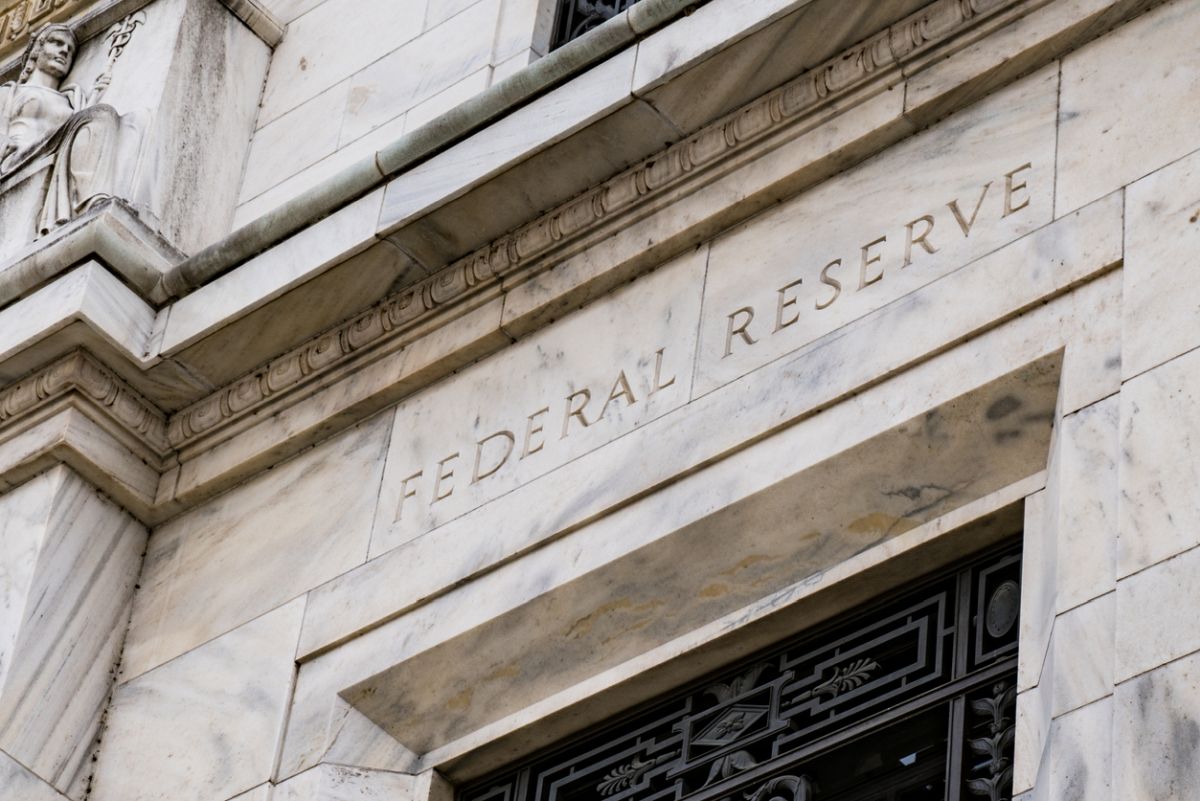Hamas warned
The latest warning issued by President Donald Trump to Hamas marks a sharp escalation in rhetoric, reflecting his aggressive approach to foreign policy.
The US Federal Reserve’s approach to inflation control has entered a crucial phase, with recent data suggesting that inflationary pressures are easing faster than anticipated.

US Federal Reserve Building in Washington DC (Photo: Getty Images)
The US Federal Reserve’s approach to inflation control has entered a crucial phase, with recent data suggesting that inflationary pressures are easing faster than anticipated. The core personal consumption expenditures (PCE) price index, which excludes volatile food and energy prices, increased by only 0.13 per cent in August, signaling that price pressures are falling below expectations.
This trend has bolstered the argument for additional rate cuts, possibly at a faster pace, as the Fed aims to bring inflation back to its 2 per cent target. The argument for more aggressive rate cuts stems from two primary observations. First, over the past four months, core PCE has increased at an annual rate of less than 1.8 per cent, significantly below the Fed’s long-term inflation goal. Fed officials, including Governor Chris Waller, have expressed surprise at how quickly inflation is softening. This rapid cooling has spurred traders to predict that the Fed could lower interest rates by another half-percentage point at its upcoming meeting, potentially bringing the total reduction for the year to 0.75 percentage points. Secondly, the housing sector, once a significant driver of inflation, is now showing signs of stabilisation.
Advertisement
The annual inflation rate for housing dropped below 5 per cent for the first time since early 2022, indicating that one of the last holdouts of inflationary pressure is beginning to ease. This supports the case for further rate cuts, as it suggests that the Fed is gradually regaining control over price stability. However, despite the apparent momentum for larger rate cuts, there is no consensus within the Fed. Some policymakers, such as Fed Governor Michelle Bowman, have expressed caution, emphasising that core inflation remains above the 2 per cent target on a year-on-year basis. While inflation may be cooling in the short term, the broader trend over the past year has been less reassuring. Ms Bowman’s dissent in last week’s rate decision ~ favouring a smaller 0.25 per cent cut ~ reflects this concern.
Advertisement
The differing views within the Fed highlight the complexity of managing inflation in a dynamic environment where the data supports multiple interpretations. The state of the labour market also plays a critical role in the Fed’s decision-making process. Fed Chair Jerome Powell has voiced concerns that the labour market may be softening, even as it remains historically tight. The current unemployment rate is still below the longterm US average, but signs of loosening are emerging, particularly in the declining number of job openings.
Should the labour market weaken further, the Fed may feel compelled to cut rates more aggressively to prevent a more pronounced economic slowdown. Ultimately, the Fed’s next steps will depend on how inflation and labour market data evolve in coming months. With inflation easing faster than expected and the labour market potentially weakening, the case for larger, more rapid rate cuts appears to be gaining traction. However, internal divisions within the Fed underscore the uncertainty that remain
Advertisement